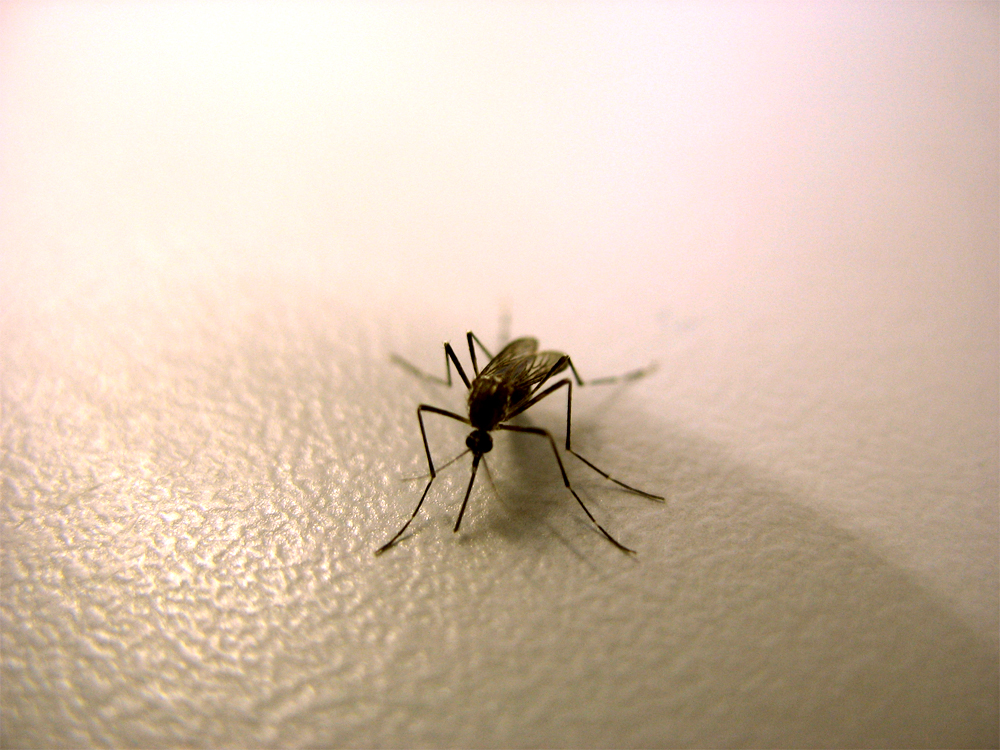
FRIDAY, May 13 (HealthDay News) — Learning to play a musical instrument has many well-known advantages, but sharing wind instruments can spread disease-causing bacteria and other germs, researchers warn.
Germs linger for up to several days on a number of commonly shared musical instruments, including the clarinet, flute and saxophone, according to a report from Tufts University School of Medicine.
The study, released online in advance of publication in an upcoming print issue of the International Journal of Environmental Health Research, analyzed samples collected from 20 clarinets, flutes and saxophones, and found living bacteria as well as mold or yeast on every instrument.
The method the researchers employed to test the instruments involved using a pump, an aerosol generator and simulated playing. They found that after applying E. coli, Staphylococcus and a deactivated strain of tuberculosis bacteria to a clarinet, cultures showed that the bacteria survived for up to a few days on the instrument. The deactivated strain of tuberculosis bacteria, in particular, survived for nearly two weeks.
Among the other organisms the researchers found growing on and inside instruments were mold and other fungi. The worst offenders — wooden reeds and mouthpieces — harbored the greatest quantities of bacteria.
Based on the findings, the researchers cautioned that musical instruments should be properly cleaned after use.
“Thousands of children share musical instruments in elementary and high school each year but there is no established standard for cleaning those instruments. We found that disease-causing germs survive on commonly shared instruments for one to two days,” Dr. Stuart Levy, a professor of molecular biology and microbiology and director of the Center for Adaptation Genetics and Drug Resistance at Tufts University School of Medicine, said in a university news release.
The study’s authors offered the following tips on how to prevent or minimize the transfer and growth of germs on musical instruments:
- Don’t share. Whenever possible, instrumentalists should have their own instruments, mouthpieces and reeds.
- Clean after every use. If an instrument is shared or obtained from a commercial source, it should be disassembled and then cleaned using alcohol wipes, soap and water, or a commercial disinfectant.
- Microwave. Cleaning cloths, such as swab pull-throughs and other drying cloths, can be microwaved after use to kill germs before storing them away in instrument cases.
“Although hygienic practices increasingly are being encouraged, in part by the swine flu epidemic and methicillin-resistant Staphylococcus aureus (MRSA) outbreaks, our results suggest that cleaning shared wind instruments should also be encouraged, especially in schools,” Levy concluded.
More information
The U.S. Centers for Disease Control and Prevention provides detailed information on how to stop the spread of germs.

